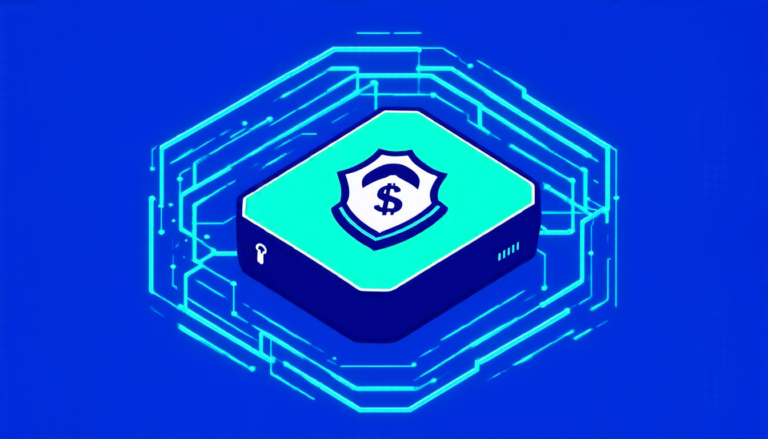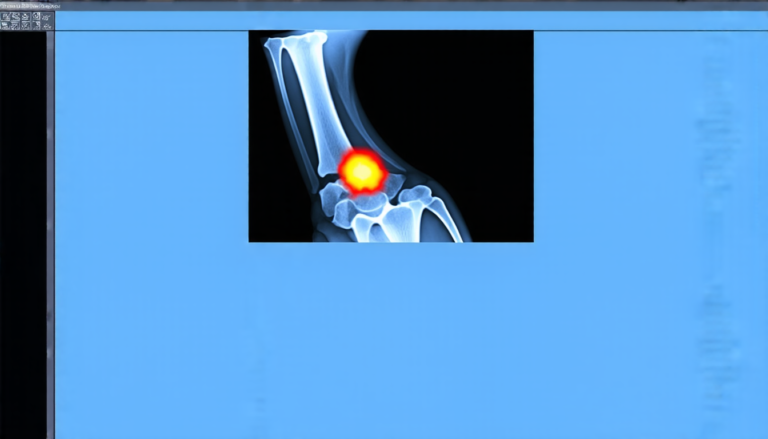Wednesday 16 April 2025
The quest for faster, more accurate simulations of complex physical systems has long been a holy grail for scientists and engineers. One such system is the N-body problem, which describes the behavior of multiple celestial objects interacting through gravity. Solving this problem accurately requires an enormous amount of computational power, making it a significant challenge for researchers.
Enter graph neural networks (GNNs), a type of artificial intelligence that’s been gaining traction in recent years. GNNs are designed to learn complex patterns and relationships within large datasets, making them well-suited for tackling the N-body problem. In a new paper, researchers have demonstrated the effectiveness of GNNs in simulating the behavior of thousands of celestial bodies with unprecedented accuracy.
The key innovation is the use of a physics-informed GNN, which incorporates knowledge of physical laws and constraints directly into the network’s architecture. This allows the model to learn not only complex patterns but also physically meaningful relationships between objects. The result is a simulation that’s both fast and accurate, with errors measured in tiny fractions of a percent.
To test their approach, the researchers simulated six different scenarios, ranging from simple systems with just three bodies to more complex ones with 500 particles. In each case, they compared the performance of their GNN-based simulator with traditional methods, such as numerical integration schemes.
The results are impressive. The GNN-based simulator was able to achieve a speedup of around 17% over traditional methods, while maintaining accuracy that’s within a few percent of the true solution. This may not seem like a huge advantage, but it adds up quickly when dealing with complex systems that require billions of calculations.
The implications are significant. Faster and more accurate simulations will enable researchers to explore new regimes of behavior, such as the early universe or the dynamics of binary star systems. They’ll also allow for more detailed studies of astrophysical phenomena like galaxy formation and the behavior of black holes.
Of course, there’s still much work to be done before GNNs become a mainstream tool in astrophysics. The researchers acknowledge that their approach is limited to relatively small-scale simulations, and that larger systems will require even more sophisticated models.
Still, this paper marks an important milestone in the development of AI-powered simulations. By combining the power of machine learning with our understanding of physical laws, scientists can tackle complex problems that were previously thought insurmountable.
Cite this article: “Accelerating Astrophysics: Graph Neural Networks Speed Up N-Body Simulations”, The Science Archive, 2025.
Artificial Intelligence, Graph Neural Networks, N-Body Problem, Celestial Bodies, Gravity, Simulation, Accuracy, Speedup, Astrophysics, Physics-Informed Gnn.







